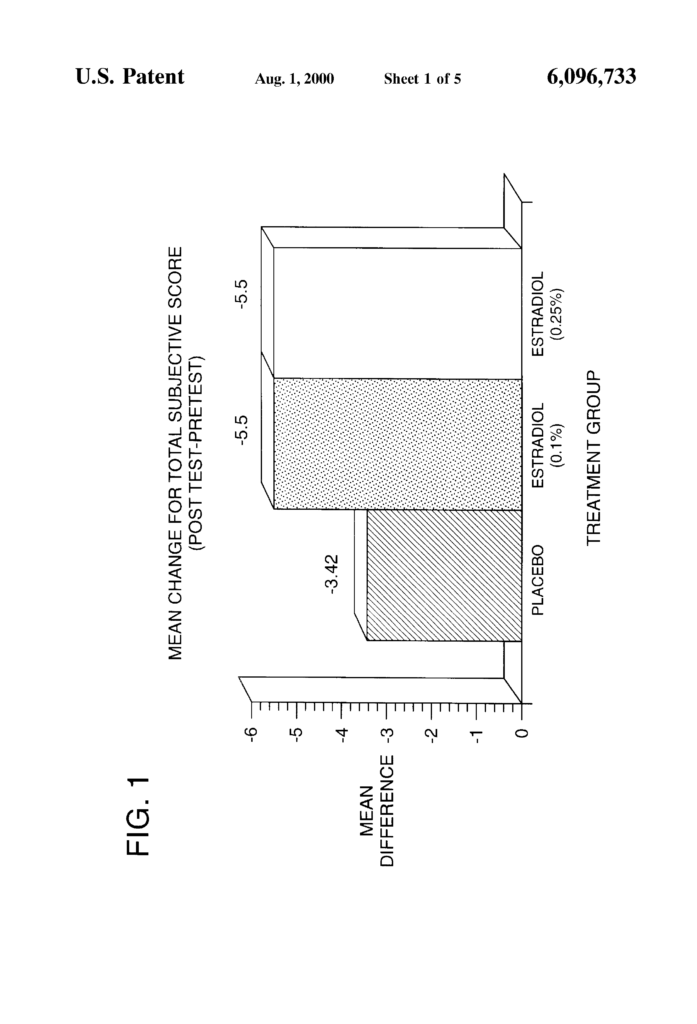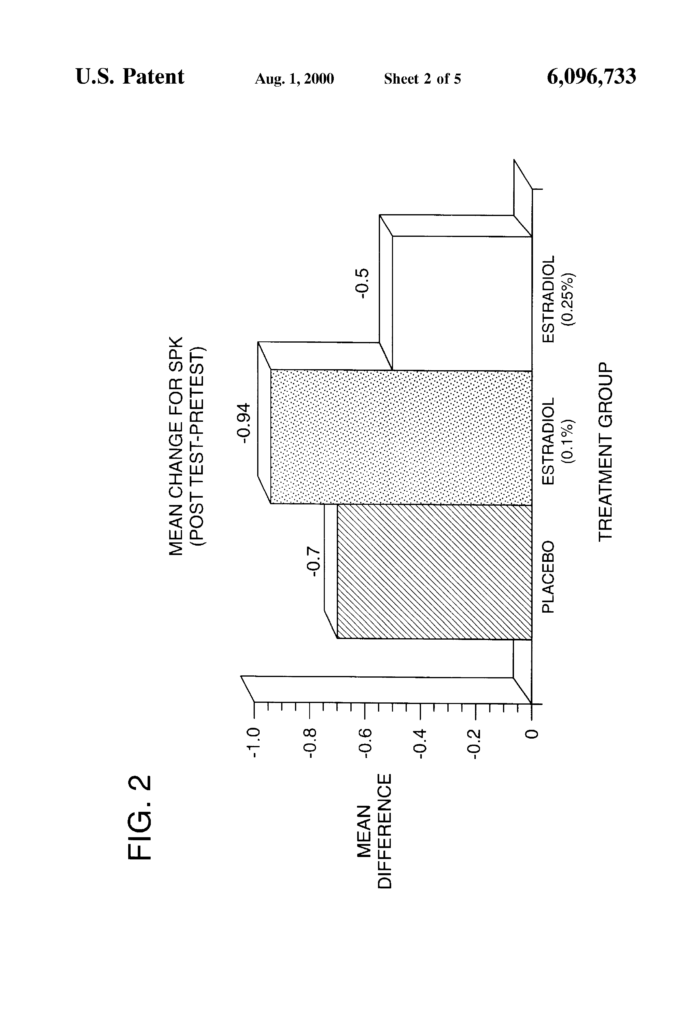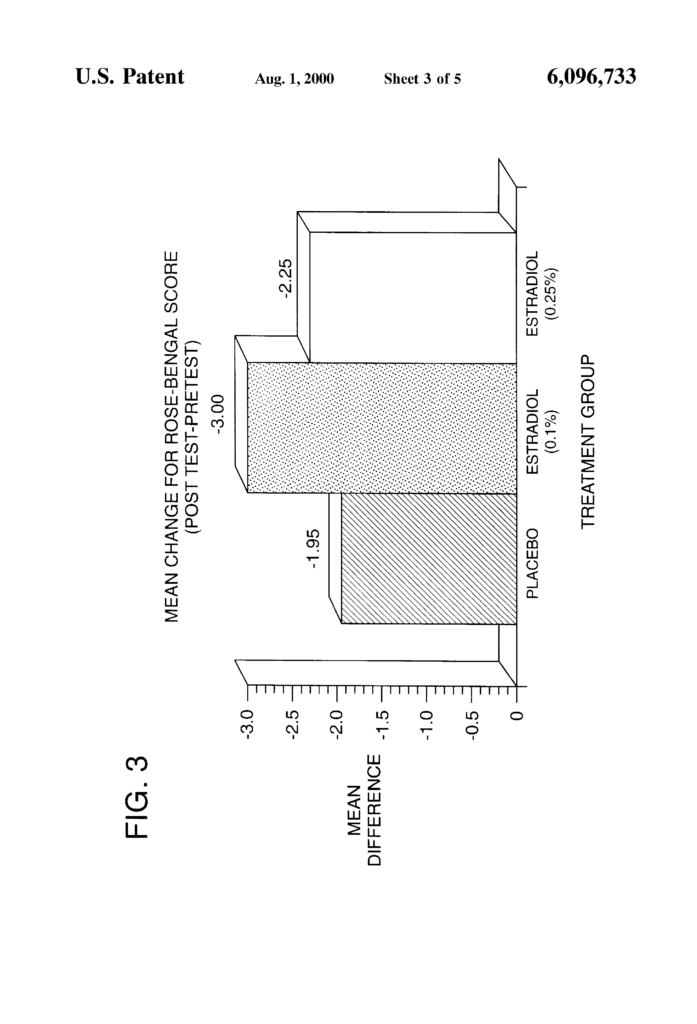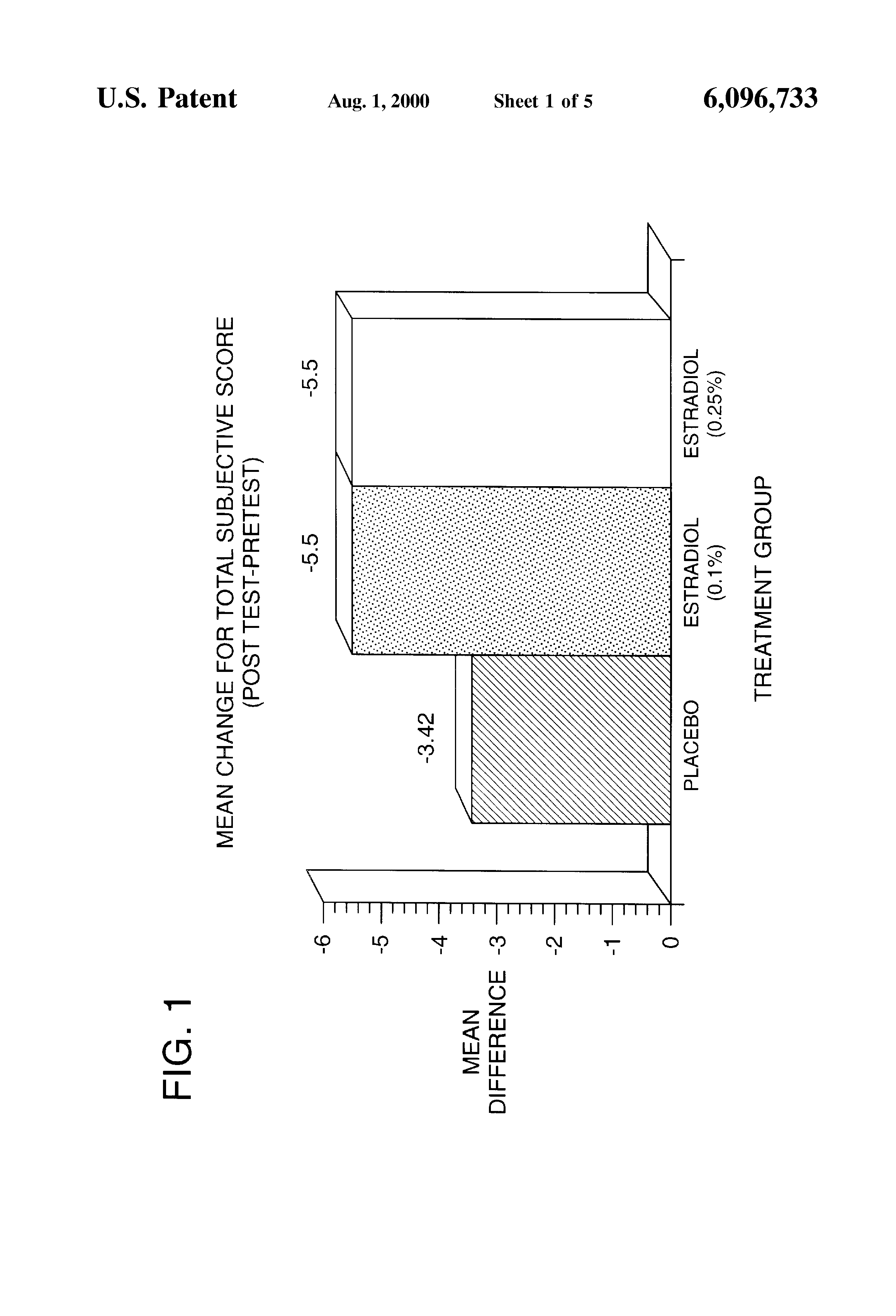Invented by Virginia Lubkin, LNK ASSOCIATES Ltd
Sexsteroids are hormones that are naturally produced by the body, including testosterone, estrogen, and progesterone. These hormones have been shown to play a role in the maintenance of ocular surface health and function, and may have potential therapeutic benefits for dry eye syndrome.
The market for topical application of sexsteroids in dry eye syndrome treatment is still in its early stages, but there is growing interest and investment in this area. Several companies are currently developing and testing sexsteroid-based treatments for dry eye syndrome, including topical creams, gels, and eye drops.
One of the key advantages of topical sexsteroid application is that it can target the specific tissues and cells involved in dry eye syndrome, without affecting other parts of the body. This can reduce the risk of side effects and improve the effectiveness of the treatment.
Methods of preparation for sexsteroid-based treatments vary depending on the specific product and formulation. Some companies are using synthetic sexsteroids, while others are using natural extracts from plant sources. The sexsteroids may be combined with other ingredients, such as lipids or polymers, to improve their stability and bioavailability.
Clinical trials of sexsteroid-based treatments for dry eye syndrome have shown promising results, with improvements in symptoms and objective measures of ocular surface health. However, more research is needed to fully understand the safety and efficacy of these treatments, and to identify the optimal dosing and administration strategies.
In conclusion, the market for topical application of sexsteroids in dry eye syndrome treatment is a promising area of research and development. While there are still many questions to be answered, the potential benefits of these treatments make them an exciting prospect for patients and healthcare providers alike. As more data becomes available, we can expect to see continued growth and innovation in this field.

The LNK ASSOCIATES Ltd invention works as follows
A topical drug application for the alleviation of kerato-conjunctivitis sicca (dry eye syndrome) is comprised of a solution of 17-?-estradiol suspended or dissolved in a vehicle, and the method of preparation and application of the same. The preferred embodiments of 17-??-estradiol are in a lipid carrier or 17-??-estradiol 3phosphate disodium that is dissolved in an alkaline vehicle with a pH between 6 and 8. This invention can also be used to treat other conditions that may result in KCS, such as patients who have had their corneas transplanted or patients who are unable to receive replacement estrogen therapy.

Background for Topical application of sexsteroids in dry eye syndrome treatment, and methods of preparation
The high incidence rate of keratoconjunctivitis sicca among postmenopausal females is accompanied by symptoms that range from mild foreign body sensations to frank discomfort and visual loss due ocular surface abnormalities.
The standard treatment for dry eyes with artificial lubricants is temporary, but does not address the root cause. Although there have been some reports of dry eye syndrome in post-menopausal women using Premarin therapy oral, it can often cause side effects like vaginal bleeding and breast tenderness. Oral therapy is also less effective. Studies showing that the conjunctiva has very few estrogen receptors relative to other tissues in the body have led to this conclusion (Gans, L. A. et al. Am. J. Ophthalmol. 109(4):474-477 (1990)). In addition, parenteral or oral administration of estrogen to the body implicates it in an indeterminate attempt to affect a specific area (the eyes), even if there is no data on the amount of estrogen in the bloodstream and the level resulting in the tears fluid. (It is generally known that the estrogen levels in the eyes are in the range of 10% to 15% of the serum levels). Conservative medicine would suggest that it is desirable to limit the specific effects of the hormone to the intended recipient. Topically applied steroids in drop form is one way to achieve this. An early reference (Bohigian, G. Handbook of External Diseases of the Eye, Alcon, Inc. 1980, p.79) mentioned the use of “special drops” to treat KCS. However, this was not disclosed in a declaration made during prosecution of U.S. Patent. No. No. No. Re. 34,578), and herein incorporated by reference. Dr. Bohigian stated the drop’s concentration of estrone was 0.0066% and that it did not relieve any symptoms. The U.S. Patent. No. Re. Re.
Studies since 1990 have shown estrogen to be a component in human tears. This may explain why ophthalmic changes can occur in the ocular tissues (Kramer, P. and al., Ophthalmol. 1990 97:303-307; Metka, M. et al., Maturitas1991 14:3-8). Recent studies have shown that postmenopausal women who receive low levels of estriol (a hydroxylated 17-??-estradiol form) daily at 0.25 mg/day, or even drops containing 0.00025% of 17??-estradiol every 6 hours (in women who already take 2 mg estriol valerate daily) show a slight improvement in their corneal lens transmittance or autofluorescence (Benitez de Castillo et al, Ophthalmol. 1997 104:970-973).
While it has been demonstrated in the U.S. Patent. No. Re. Re. This invention reveals that such a concentration can be extremely beneficial medically. The invention shows that 17-?-estradiol can be found in solutions as low as 0.05% to 0.1%. This concentration is still effective, regardless of whether or not there has been any concomitant oral estrogen therapy for post-menopausal females. This lower dose range is particularly useful for providing eye drops that contain 17-?-estradiol in a low enough concentration to be safe and effective (the medical aspect), but that can be approved by FDA for non-prescription (OTC-based) formulations (the business aspect). The present invention also allows for the combination of drops and a punctal connector to significantly reduce estrogen absorption. The punctal plug, a small device that fits in the punctum lacrimale and stops tears from leaking into the nasophayngeal cavities through the lacrimal canaliculi, is a small device. A punctal plug prevents tears from draining away from the corneal surface, allowing for a greater accumulation of lacrimal fluid around it. This plug can be used temporarily or permanently to relieve dry eyes in patients.
Additionally, dry-eye syndrome can also be seen in premenopausal females who have hormonal abnormalities such as insufficient estrogen production. These patients complain to their ophthalmologists that they are unable to wear contact lenses due to extreme discomfort. The hormonal imbalance can only be identified after further examination. Although the present invention can be used to treat the described physical conditions, its application should not be restricted to those mentioned above.
Accordingly, the principal object of the invention is to treat dry-eye syndrome (or KCS) by applying 17-?-estradiol in a suitable solution to the conjunctival surfaces of the eyes. The illustrative vehicle is a lipid-based suspension or an acidic solution with a pH between 4-8, but preferably 6-8. This invention could also be used a liposomal carrier. This invention could also be made up of a biocompatible polymeric composition that can release controlled amounts of steroids over a longer time period than is possible with a single drop. The invention aims to provide drug products that can be used for these purposes and methods of preparation and application. The present invention is particularly useful for treating dry eye syndrome symptoms in post-menopausal and total hysterectomies, as well as women who have had oophorectomies, total hysterectomies, or women with hormonal abnormalities, such insufficient estrogen production.
The preferred embodiment of the formulation consisted of an aqueous solution containing a derivative estrogen known as 17t-estradiol (the 3phosphate disodium salt). The drug substance is also known as 17-?-estradio 3-phosphate disodium and 1,3,5(10)-estratriene-3,17 beta-diol 3-phosphate disodium. It is C18 O5 P1 N2 with a molecular mass of 396.3 (anhydrous).
Each gram (17-?-estradiol) (as the 3-phosphate diodium salt), contains approximately 687 mg of 17-??-estradiol when taken anhydrously. Research Plus, Inc., Bayonne, N.J. 07002 has 17-?-estradiol, which is the 3-phosphate salt. 1850-5). The compound is a white, crystalline powder having a ill-defined melting temperature and purity greater than 98%. When not in use, the material should be kept in sealed vials and stored under refrigeration
In one embodiment, it’s possible to include a liposomal drug delivery device in a sterile, ophthalmic solution 17-?-estradiol. Margalit R. Rev. Ther. Drug Carrier Syst. 1995;12(2-3):233-61. The use of lipomal therapy in ophthalmology has been successful not only for post- and preoperative antisepsis but also for treatment of bacterial conjunctivitis as well as prophylactic against ophthalmia. Reimer K, et al., Dermatology 1997;195 Suppl. 2:93-9. U.S. Pat. explains how to make such a product. No. 5,662,931 (Munechika, K. et al.) and are herein incorporated by reference. In the example 3 below, a liposome system is described for 17-?-estradiol delivery.
In an alternative embodiment, a sterile, eye-safe suspension of 17-??-estradiol Cypionate is dispersed to form a 0.1% solution in a vehicle. This solution may, in one embodiment, take the form of a liquid-based solution with a pH between 4-8, with a preference range of 6-8.

In an alternative embodiment, a sterile, oral solution of 17?-estradiol (as a 3-phosphate disodium sodium salt) is dissolved in a vehicle to form a 0.1% solution (by volume). This solution may, in one embodiment, take the form of an over-the-counter artificial tears solution. The activity of 17-??-estradiol (as 3phosphate disodium sodium salt) can alter the concentration of 17?-estradiol within the vehicle. Here are alternative versions of the drops.
A. “A. The preferred embodiment uses the 17-?-estradiol 3phosphate disodium sodium salt because of its enhanced solubility, stability at an essentially neutral pH 6-8 (though it is not essential and could have a pH of between 4-8) and ease of sterile Ophthalmic manufacture.
The following describes the manufacturing and packaging process for our preferred drug product. E. Diczfalusy, High Molecular Weight Enzyme Ihibitors, pp. 62-63 provides more information about the preparation and characteristics poly-estradiol phosphate. 1675-1689, Chemica Scandinavia Vol. 12 (1958) No. 8 is incorporated by reference.
Acta Chem reports the “method of synthesizing 17-?-estradiol 3phosphate disodium. Scan. 12, 1675-1689 (1958). It is briefly described below:
A complete listing of components in the preferred embodiment of the drug products according to the present invention, including the drug substance is as follows (in percent by volume):
17-?-estradiol (as 3-phosphate disodium salt) 0.1%
The activity of 17?-estradiol (as 3-phosphate diodium salt) may affect the concentration in subsequent batches.
The vehicle can be supplied as an over-the-counter artificial tears (solution), with the following composition:
Click here to view the patent on Google Patents.

Leave a Reply